Bea Wain is considered by many to be one of the best female vocalists of her era. A self-taught singer, with an expressive but understated swing style, she worked hard to leave her mark in the Big Band & Radio world.
Today’s post is all about this incredible and talented woman.
For further reading please check out all the posts I have done on this subject on my dedicated page “Women of the Big Band Era Everyone Should Know“. (Jan 2024 update)
Bea Wain-Star Singer of the Big Band Era
Born Beatrice Wain April 30th, 1917 in the Bronx, New York, her singing career would begin at the young age of 6 on a radio program titled “NBC Children’s Hour,” where she earned $2 per broadcast (Source). Blessed with a raw talent and the knowledge that she wanted to be a singer, Beatrice would never took a single singing lesson growing up. Dance and piano lessons she agreed to but never singing.
“I never wanted anybody to teach me how to sing,” she said in an interview with Sara Fishko for the New York public radio station WNYC in 2013 (Source).
This raw talent would keep Beatrice busy, singing with various radio shows and even cutting records for popular big band leaders. One particular record with Artie Shaw in September 1937, saw her name accidentally go from ‘Beatrice Wain’ to ‘Beatrice Wayne’. Then later on record labels, her name was shortened (without her permission) to “Bea” by the record company, ostensibly for space considerations.
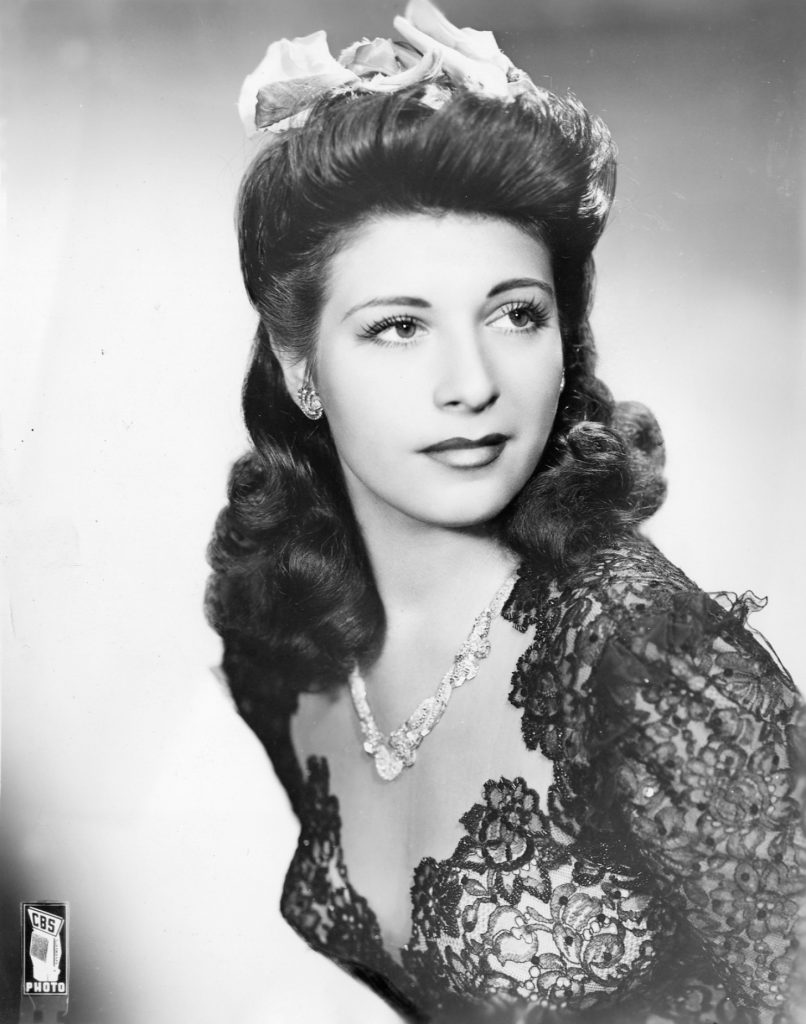
She would get her big break in 1937, when she emerged from the chorus on the radio show “The Kate Smith Hour” to sing an eight-bar solo. The arranger Larry Clinton, who was listening, needed to hear no more. He was forming a band at the time and quickly signed her to be its vocalist.
“I did a lot of singing, choral things,” she recalled. “And he heard me on the Kate Smith show. He didn’t see me. Actually, it was very strange, because . . . I had a call and went to the phone and this man said, ‘My name is Larry Clinton. I’m starting a band and I’m looking for a girl singer and I would like you to make some sides with me.’ Which was really cuckoo [laughs], ’cause I said to myself, ‘He never saw me. He never really heard me, it was just a few bars. And he told me to meet him at RCA Victor the next week, he was recording, and he sent me a tune to do, and I did it. And the first time I saw him was when I walked in the studio (Source).”
Following this recording session Bea remained with the band and would make her debut with Larry Clinton officially in the summer of 1938 at the Glen Island Casino, New Rochelle, New York. This would be the turning point for Larry Clintons Orchestra because as they were broadcasted live across the radio wires, theirs and Bea’s popularity would rise.

Bea Stated: “If we played in an elegant ballroom, it was very nice. We played a lot of colleges, and that was fun. As I said, I was very young. We played at Yale, we played at Princeton, we played [at] the University of North Carolina… you know, we just went on the road, and you went from one to the other. And they all couldn’t wait until the band arrived, because the band became very popular on account of these radio broadcasts (Source).”
During her time with The Larry Clinton Orchestra, Bea would go on to record several hit songs:
Her Signature Song: My Reverie and was top of the charts for 8 weeks in 1938. (Video Link)
“Deep Purple”, “Heart and Soul” as well as “Cry, Baby, Cry” were also # 1 hits.
It’s time to move on…
After a year and a half with the band, she tired of the road trips and poor pay for recordings** and left to perform on her own. At this time she was also a married woman to radio announcer André Baruch who she had met on the Kate Smith Show (where she was singing in the chorus if you remember my mention above). They had married May 1st, 1938.
After the orchestra, Bea would go on to have a successful radio career singing in programs like CBS’s, “Your Hit Parade” from 1939-44 where her husband Andre was also the announcer. Monday Merry-Go-Round (NBC Blue 1941-1942) and Starlight Serenade (Mutual 1944) (Source).
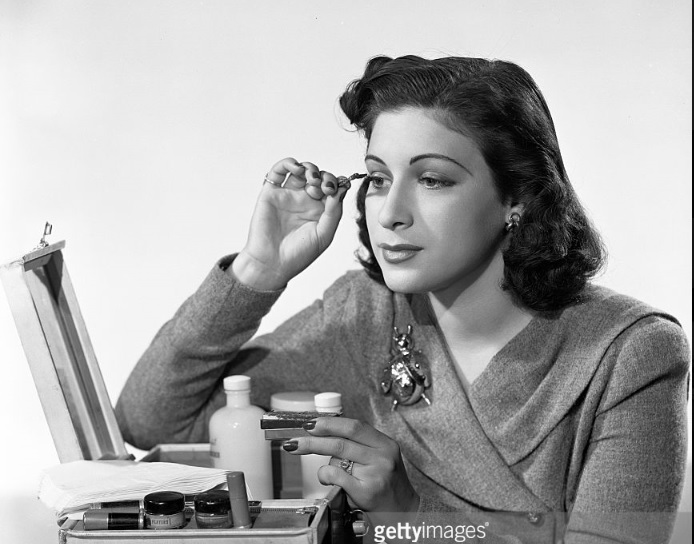
During WW2 while her husband served overseas, Bea would do her part by performing at Army Camps and Naval Bases for the troops. Upon his return they would go on to host a radio program called “Mr. and Mrs. Music,” a daily program on WMCA in New York, on which they doubled as disc jockeys and interviewers.
In 1973, the couple moved to Palm Beach, Florida, where they had a similar radio show before relocating to Beverly Hills. During the early 1980s, the pair hosted a syndicated version of “Your Hit Parade”, reconstructing the list of hits of selected weeks in the 1940s and playing the original recordings on-air (Source).
Around the same time, Bea was featured on TV’s “Jukebox Saturday Night”. She was sensational, proving that her voice was still very much intact and that she was still a force to be reckoned with.
Bea passed away this year at the age of 100 on August 19th, 2017 (Andre passed in 1991).
In a 2004 interview with Christopher Popa, Wain reflected: “Actually, I’ve had a wonderful life, a wonderful career. And I’m still singing, and I’m still singing pretty good” (Source).
Thank You for all the music.
Other Awesome Facts about Bea:
*Ms. Wain was voted most popular female band vocalist in Billboard’s 1939 college poll (Ella Fitzgerald was second) (Source).
*She is considered by many to be one of the best female vocalists of her era, possessing a natural feel for swing-music rhythms not often found among white singers of the day. With regard to technique, she excelled in pitch and subtle utilization of dynamics. She also communicated a feminine sensuality and sang with conviction in an unforced manner (Source).
*Wain was also the first artist to record the Harold Arlen-Yip Harburg classic “Over the Rainbow” (on December 7, 1938, with Clinton’s orchestra), but MGM prohibited the release until The Wizard of Oz (1939) had opened and audiences heard Judy Garland perform it (Source).
Other Hits (not a complete list):
- The Masquerade is Over
- True Confession
- Martha
- I Dreamt I Dwelt in Marble Halls
- The Dipsy Doodle
- You Go to My Head
Friends, I hope you enjoyed learning about this beautiful and talented star of the Big Band Era. I had heard of Bea in passing, but did not realize what a true talent she was until now. Bea will be on rotation on my playlist going forth and she will always be mentioned when discussing the women of the big band era.
Question Time: Have you heard of Bea Wain? If yes then please share your favorite song in the comments below, I would love to know what it is!
FURTHER READING:
- Vintage Women’s History blog posts by the Vintage Inn Blog
- “Women of the Big Band Era Everyone Should Know“
**Bea made $50 a week (about $870 in today’s dollars) working every night all summer with the Clinton band at Glen Island and only $30 for a three-hour session recording four songs. That meant that while songs like “My Reverie” and “Deep Purple” reaped a fortune for others, she made all of about $7.50 (or about $130 today) for each song (Source).

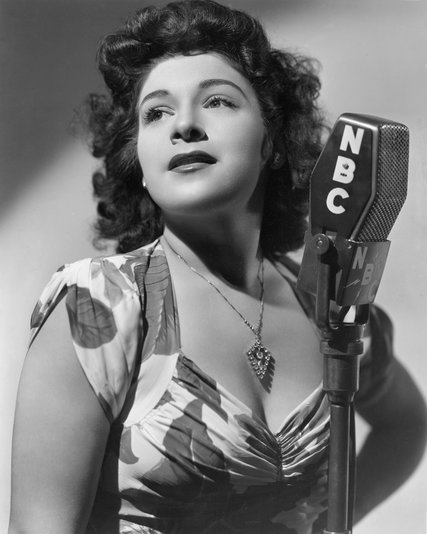
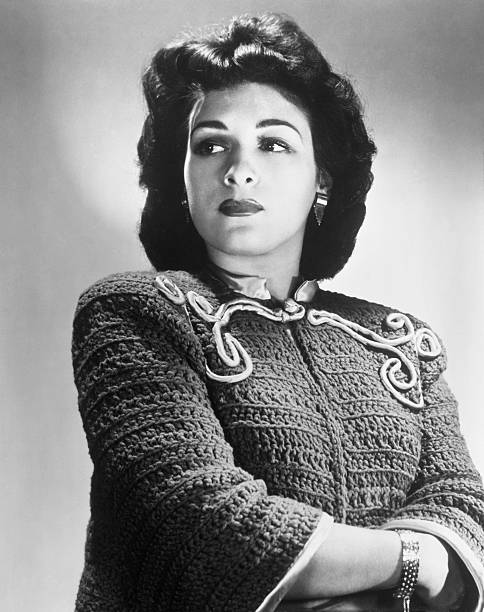
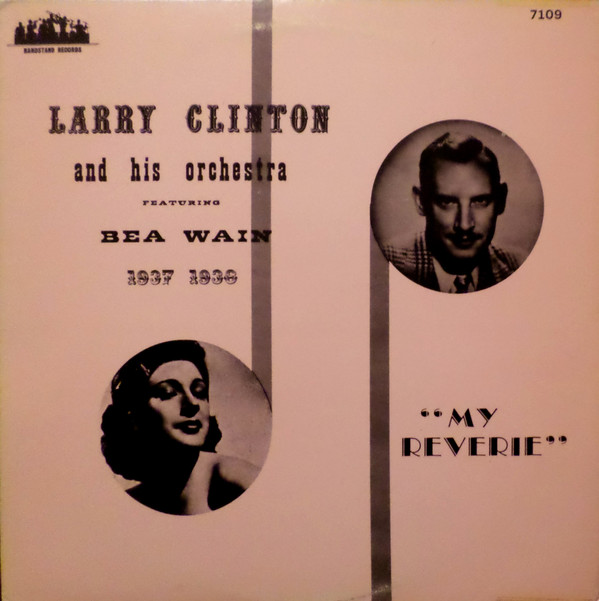
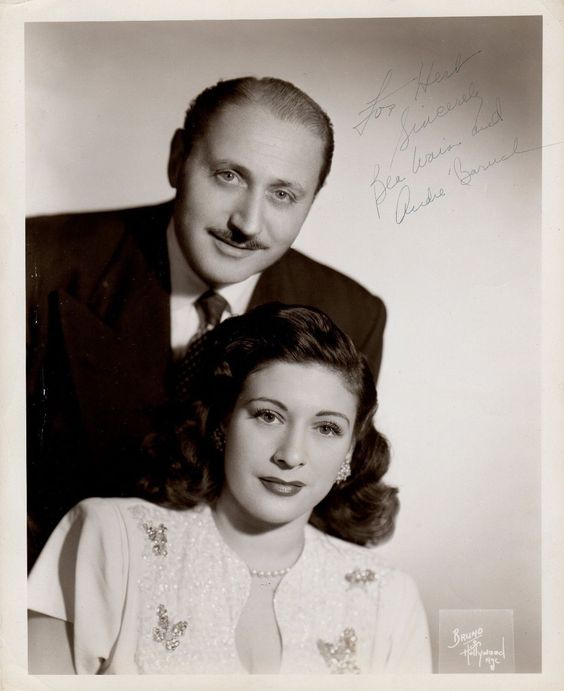
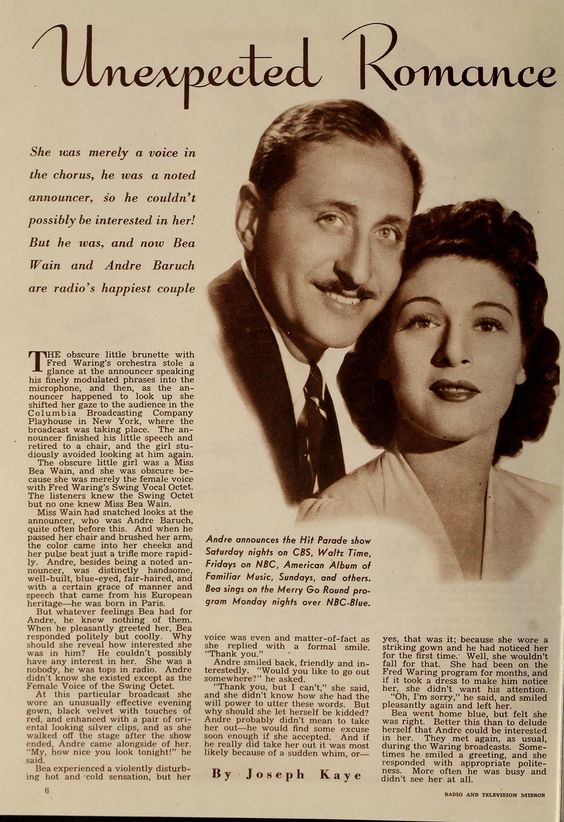

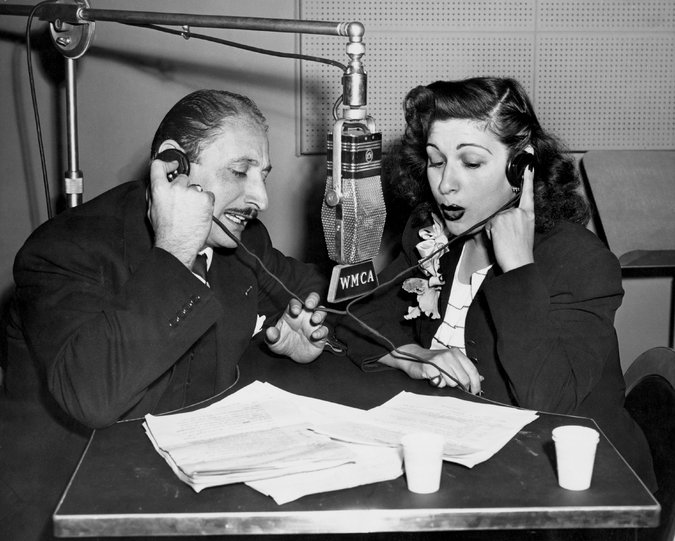
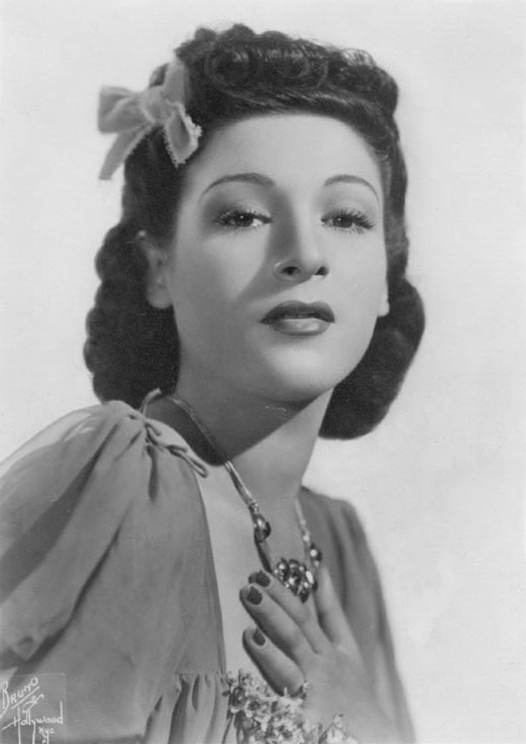
Goodness, she was so beautiful! And that voice! If I were to close my eyes and try to imagine what music in the 30s and 40s sounded like, it would be her voice I’d imagine, and I didn’t even know her name until today. Thank you for sharing this!
Oh I’m so glad that I was able to shed some light for you on this beautiful woman of the big band era. Thank you so much for stopping by 🙂
I remember seeing her in a restaurant she owned in Anaheim near Aerospace company called Aeronautics but can’t recall its name
Oh cool! Lucky you!
thanks for commenting
Liz